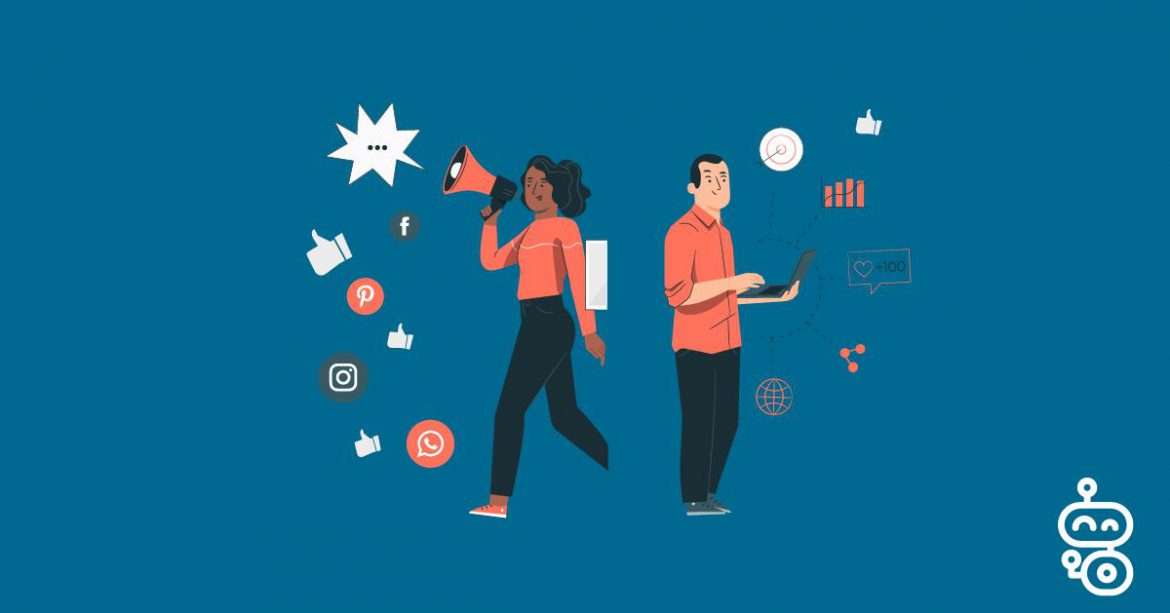Robotic Marketer Blog Posts from January 2020
The Role of Big Data in the World of Marketing
A friend of mine once said, “Instagram and Google can read my mind!”. While this was said in a satirical tone, he did make a very good point. At some stage in our life, we’ve wondered on how the internet knows all about our favourite brands. How on earth do marketers always send us emails […]
A Case For Increasing Your Marketing Budget
Determining a marketing budget can be a tricky thing. More often than not, companies tend to set strict limits to how much they are willing to spend. This decision is usually supported with the unsatisfactory outcomes of previous marketing campaigns. This fear is justified; however, it is ...
Does Artificial Intelligence Influence Consumer Behavior?
Artificial intelligence is already very prevalent in the business realm, whether we know it or not. There are plenty of concerns about how it might affect the workforce, but have we considered how it could influence the behavior of our customers? The customer experience has so many variables ...
The rising influence of spatial marketing
Marketing is effectively getting rid of the middle man – and putting tape on the mouths of marketers around the globe. Now, that is a little over the top, but it’s not too far from the truth and when you read this, you will see why.





